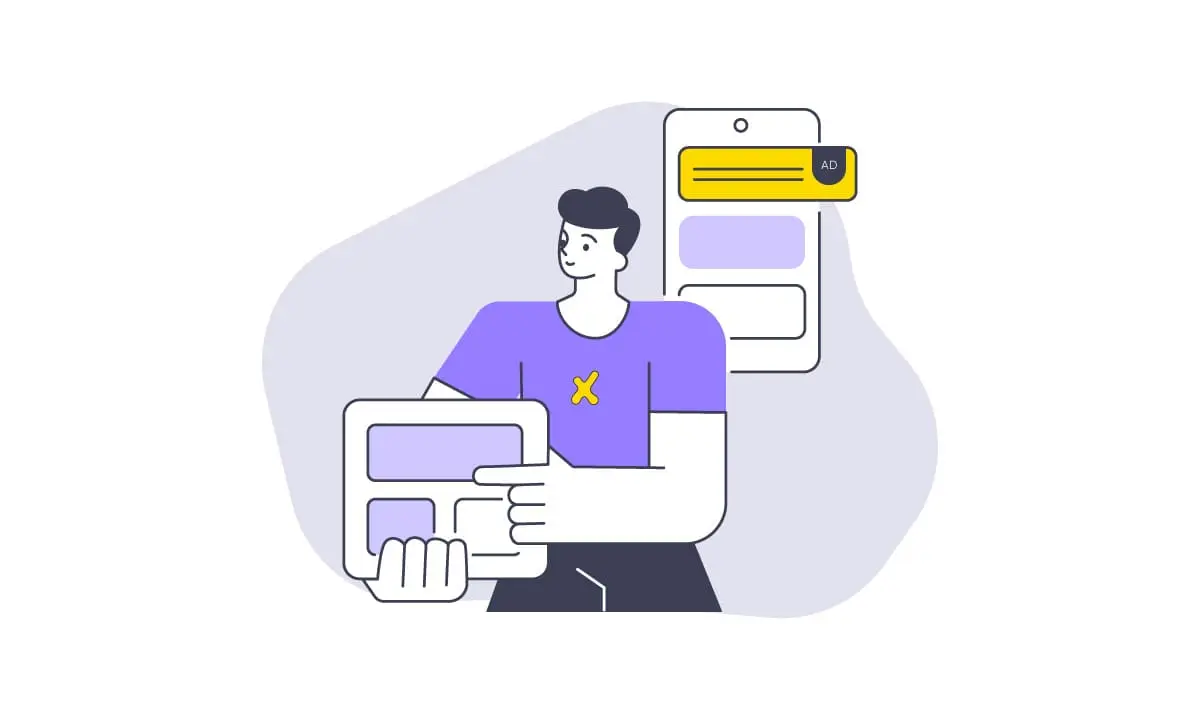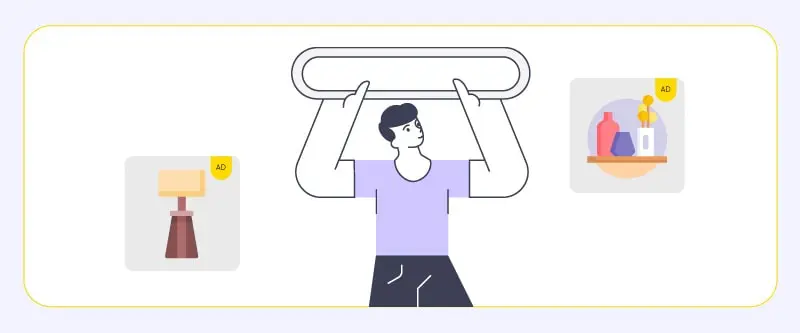Digital advertising is the go-to marketing method these days for businesses of all kinds and sizes. Modern advertising platforms provide a high level of cost and time efficiency, simplicity, and performance analysis and optimization that tradition method simply could not match. With digital advertising, businesses can plan out sophisticated marketing strategies and reach their intended audience with high accuracy and control over branding, message tone, frequency, and so on. Another massive advantage of digital ads is their traceability, and the fact then you can closely monitor the performance of your campaigns, make tweaks where necessary, and test different variable to find the combination that resonates with your ads.

Digital ads come in several different formats, each of which enables advertisers to reach customers at a unique angle. The online landscape is where your potential is almost certainly present, so having online exposure is no longer just a luxury for brands, but a necessity. It’s a market that has millions of players, but never seems like it’s getting saturated at all. Advertisers and advertising platforms are constantly coming up with new and more efficient ways for brands to connect with customers and keep up with the market needs. Digital marketing enable you to scale your business and boost revenue more than any other marketing method.
Here come the issues
It’s not all pluses though. All the benefits and capabilities we talked about aside, digital marketing has its own setbacks too. One of the most important problems that the digital marketing industry (and marketing industry in general) is currently struggling with is ad fatigue. Simply put, people are getting tired of seeing ads everywhere they look, especially in the digital landscape. Having to encounter so many ads in different colors and shapes in our everyday lives results in a immunity to ads. In other words, people just automatically ignore the ads that come in their way. Digital ads actually stir things up since the advertising opportunities there are much more. The websites you visit, the apps you use on your phone, the social networks you use to connect with other people, they’re all filled with ads. To make matters even worse, most of these ad format are inherently disruptive and downright annoying to viewers. Pop-up ads and banner ads are good examples of disruptive formats that have a negative impact on user experience. Developing immunity to ads isn’t even the worst outcome of this issue. Many people actively try to prevent ads from disturbing their experience by using ad blockers. Overall, ad fatigue is a major issue to the multi-billion dollar advertising industry, so the industry experts had to find an effective remedy to this problem. Luckily, they’ve found it.
Enter the native ad format
Native advertising is considered a highly modern ad format, but the roots of it actually go back to the early 20th century. Interestingly, It wasn’t invented then to counter the issue of ad fatigue, since such an issue didn’t exist back then to begin with. The first instances of native ads emerged in well-known publications in the form of articles that looked, felt, and sounded like authentic journalistic pieces, but were actually low-key promotions of sponsor brands. By “low-key”, we mean that these article weren’t just obvious marketing messages. They were actually helpful and used a non-aggressive tone to keep the reader interested. These articles were later names advertorials, and founded the core principles of native advertising. They’re still valid these days and you’ve definitely seen some in online publication and news websites.

Since then, native advertising has a come a long way and now has a much more prominent role in helping businesses reach customers without annoying them. The main characteristics have remained unchanged. Native ads are paid promotions that simulate the look, feel, and function of the place they’re being served on and blend in with the surrounding organic content. Users might not find out they’re seeing an ad at first, and even when they do, there’s still a high chance they don’t skip it since adding value to the audience is also an important part of native. This last part is especially important because modern native ads can’t deceive people by completely disguising as organic posts. Regulators have actually obliged native advertising service providers to indicate the true nature of their ads to users. That’s why they always include something like an “Ad” or “Sponsored” badge or tag to avoid confusing or misleading people. Despite that, audiences are actually kinder toward native ads. They appreciate the fact that these promotions don’t interrupt their online experience and actually provide value by entertaining or educating them or sometimes adding a cool function to the platform (like branded stickers and effects on some social apps).
Native has blended exceptionally well in the online landscape thanks to its high versatility. Native ads can fit in almost anywhere and the only limit is the creativity of advertising platform developers. A terrific example is Google search ads. Whenever you search for a term on the website, the first and last few search results are paid results ordered by brands. The only difference these ads have with other normal search results on the page are tiny “Ad” or “Ads” badges below or above them. They blend in perfectly with the environment, don’t disturb the user experience, and sometimes actually help people find what they’re looking for. Another great, and very different native advertising example, are TikTok Ads. TikTok has brilliantly implemented native advertising on its platform in the form of short videos that appear on user’s For You feeds; Similar to the how all the content are on TikTok. The content of these video ads are not that different than the organic content you see on the platform, and TikTok strongly encourages advertisers to make ads that users will find interesting, fun, or informative.

We’ve established the advantages and benefits of native ads and how it can generate better results than other ad formats. But does that mean your campaign success is guaranteed with native advertising? Well, not exactly. You see, native advertising does have the potential of increasing your return on investment, but that pulling it off is trickier than other traditional digital ad formats. Depending on the native ad format you choose for your campaigns, you need the maintain the balance between adding value to your audience and promoting your business. You’re running campaigns to generate more revenue after all, so everything must be in the service of driving your campaign objective. Luckily, you don’t have to worry because native advertising is increasingly popular right now, and millions of businesses from different niches run native campaigns. That means you have a massive pool of inspiration and native advertising knowledge at your disposal. They key to unlocking this knowledge is a competent native spy tool. That way, you can check out the best-performing native campaigns in your niche, find out how other advertisers are handling their targeting, creatives, message tone, frequency, and lots of other useful info and skip the lengthy learning curve of native advertising. It’s also an easy way of discovering the best native ad networks for your campaigns.
Final thoughts
Native advertising is an effective remedy to the major issue of ad fatigue and it’s currently one of the most popular advertising formats among businesses and advertisers. To give you an idea of how big it is, eMarketer has estimated the native ads spending in the United States to reach $98.59 billion dollars in 2023.

